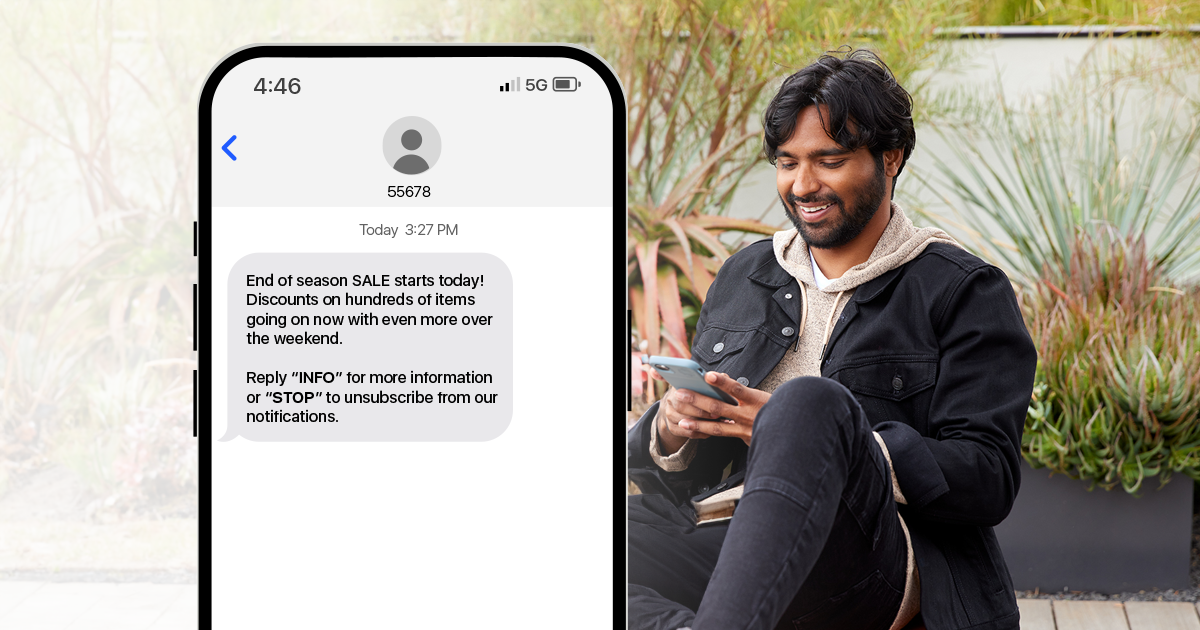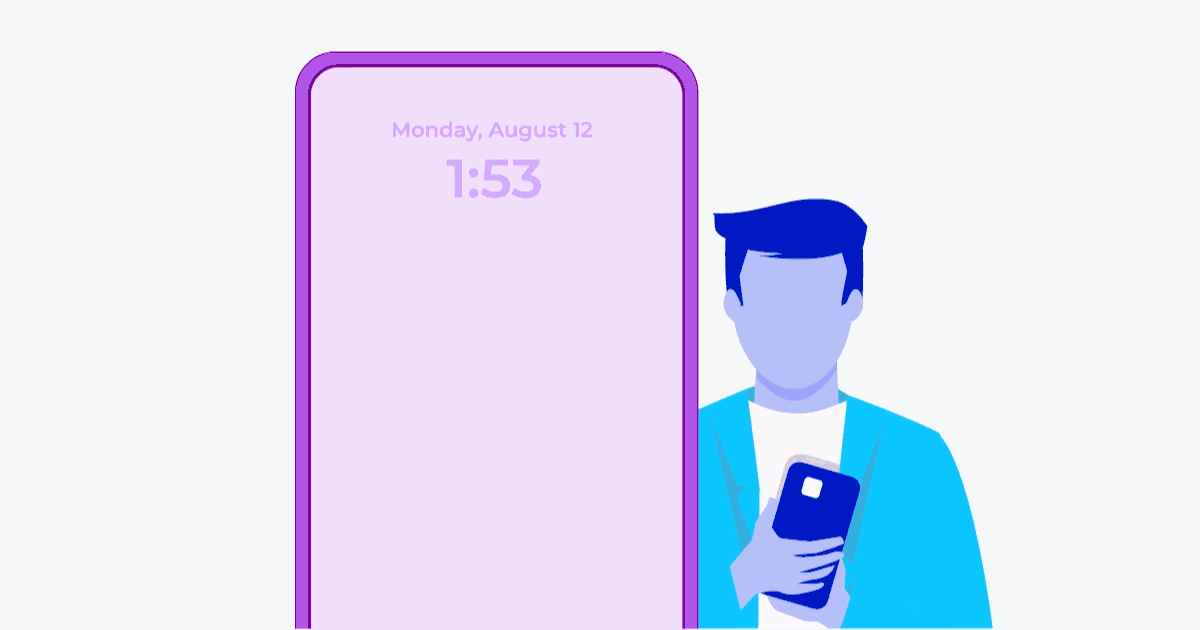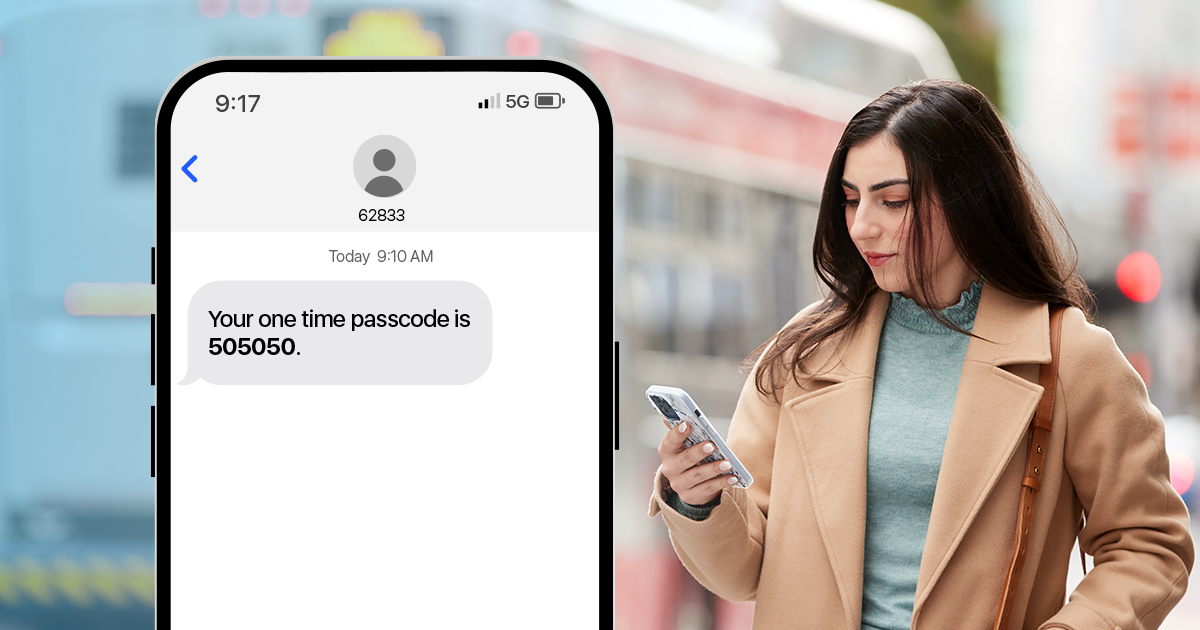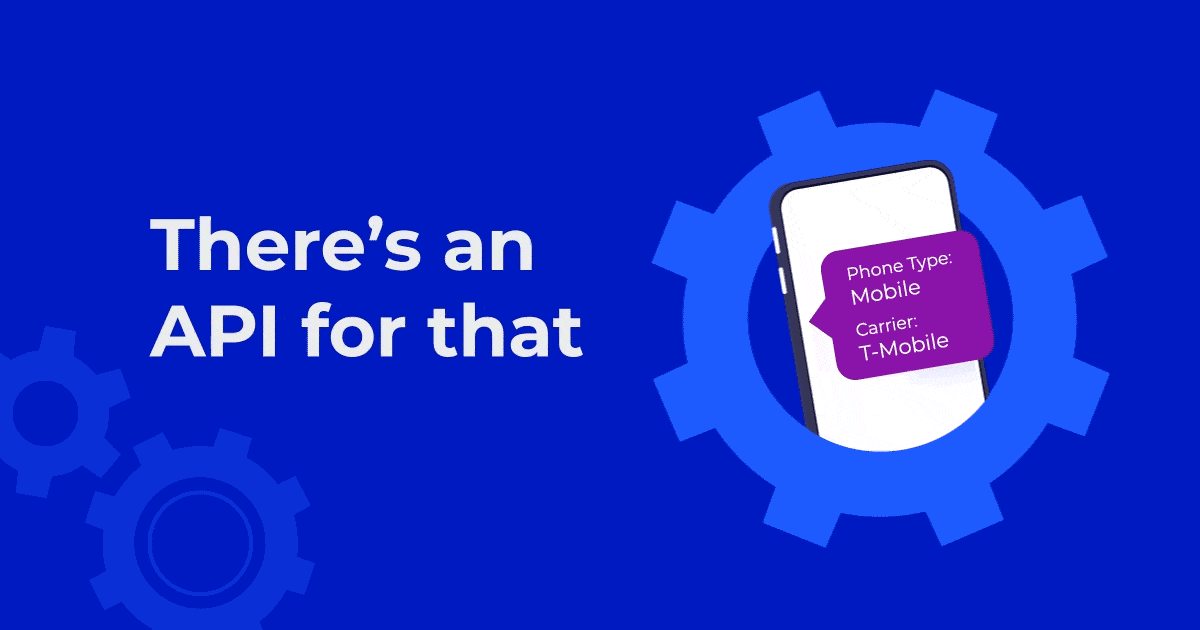
Today’s consumers are accustomed to receiving business text messages directly on their mobile devices. SMS provides a convenient communication method, serving various purposes from delivering two-factor authentication codes to issuing alerts about new sales or other important information. The widespread acceptance of SMS and its broad familiarity in business make it a powerful marketing tool. With well-planned SMS campaigns, you can work towards growing audiences and driving sales.
Using SMS for marketing isn’t merely convenient; it works. Most people open a new text message within just seconds of receipt. A well-crafted text with a compelling call to action can immediately earn traffic to your website from motivated users. You can achieve success in various domains by leveraging the power of SMS effectively. However, where do you begin? You must bring many elements together to execute SMS marketing successfully. Here are fifteen of the most important things to know.
1. The basics of SMS campaigns and their benefits
SMS marketing focuses on using text messages to communicate with your customers. The goals of such campaigns can be diverse. It’s easy to think about using SMS to send massive text blasts to announce a seasonal sale or to help drum up buzz for a product launch. However, while engagement is important and achievable, customer retention is also a crucial goal of text message marketing.
A well-timed text with personalized content could make a customer feel more connected to a brand. Done correctly, that keeps your company top of mind, and consumers will think of you first when they want or need something you offer. In an economy where repeat business is a crucial element of long-term success, any effort that leads to a measurable increase in retention is worth the time.
Staying relevant and visible to buyers is only one of the benefits of using SMS. There’s also the simple fact that you can inspire recipients to act immediately. In other words, texts could translate into sales. The timing and wording must be correct, but you could see measurable impacts from such campaigns.
With that in mind, how do you get started? What are the other relevant elements you must know?
2. Start from a position of regulatory compliance
As SMS marketing utilizes telecommunications to engage with customers, it falls within the scope of a broad spectrum of legislation. Understanding your obligations under these laws is essential to avoid violating them. The penalties for such violations often include hefty fines. Ultimately, it is most often wise to consult directly with a trusted lawyer experienced in regulation. By doing so, you’ll gain a comprehensive understanding of all the applicable laws, including potentially specific regulations at the local level, that your business must adhere to.
3. Research and define your audience
Who’s on the other side of the screen when you send out marketing text messages? Your audience is the lifeblood of any campaign and the foundation for all the sales you make. Your audience also defines how you should communicate. For example, if your demographics skew towards the 18-24 group, you’ll communicate much differently than if you want to reach out to the 34-44 group. Your audience might span multiple demographics, making segmentation imperative (more on that below).
To launch a successful campaign, you need to research your audience. Who are they? What goods or services do you offer that generate a strong response? What typically comprises a customer journey and which channels does your audience predominantly utilize? Tapping into the likes and dislikes of your audience contributes to a more fully informed approach to structuring your campaigns. The answers to these critical questions might even change over time. Stay connected with your buyers and tailor your texts to their tastes.
4. Know how to write high-impact SMS messages
Your objective in utilizing SMS for marketing should extend beyond merely educating or informing readers about an opportunity; it should also aim to persuade them to act. Crafting and sending a successful message involves numerous elements. What are some of the key strategies for writing texts that leave a lasting impact?
First, be friendly and conversational. Speak with your brand voice. Texts shouldn’t sound stilted or automatically generated; they should have a warm tone that invites the reader to engage and ultimately take action. Authenticity is of paramount importance to today’s consumers, especially younger people.
Second, use natural language. With a limited word count, such as the 160 characters in SMS, it’s important to convey clear messages without relying too heavily on slang or abbreviation. This effort ties in with being conversational.
Third, encourage readers to take action. We’ll delve into calls to action in more detail, but readers should immediately know what they can do by the end of a message. They should understand they can buy, save, explore, and discover. Use action words and be clear and direct about the opportunity you offer. Language that conveys a sense of urgency can be highly impactful, although such language could be considered coercive and thus controversial.
These are just a few tips, but they represent the core of what goes into an influential text.
5. Get your timing right
Consider a particular time frame during the day for sending marketing messages, determining the optimal hours within that window is crucial. In other words, sending messages is essential when you are most likely to engage the broadest section of your audience. While some users might review their messages later, your aim should be to engage and encourage readers to act within minutes of receiving the SMS.
Research on the subject varies. However, some trends and patterns emerge from the data1. Sending messages around noon might be advisable since it’s likely that the majority of your audience will be awake and actively engaged in their daily activities. As this is around a regular lunchtime, your readers may have a few idle minutes to check their messages and explore—sending texts earlier in the morning risks missing parts of your audience.
Sending texts in the mid-afternoon or early evening may also prove advantageous for your campaign. These time slots coincide with periods when people are typically active and alert. During the early evening, people tend to wind down their day and engage with their devices. Opting for a window in the early afternoon captures individuals who are still attentive after lunch but haven’t yet reached the fatigue that often accompanies the end of the workday. It is advisable to avoid sending texts during typical rush hour times when more audience members may be commuting.
6. Position SMS as part of an omnichannel strategy
SMS campaigns shouldn’t exist in a vacuum. Rather than working in isolation, they must complement your other marketing efforts. You can support your investments in other channels by using SMS marketing to reinforce your messaging. Similar sentiments expressed differently may help guide a buyer further into the funnel. Making reference to these other campaigns is also a wise choice.
Running an email campaign? Text subscribers about the important news or limited-time offers you have for them. Promoting on social media? Encourage subscribers to get involved. When you’re preparing to launch a new campaign across all your channels, don’t forget SMS. Synchronized marketing that engages your audience with your message is a powerful tool. When you make it easy for a user to act from any channel, you maximize conversion opportunities.
7. Segment audiences and personalize texts
Consumers now expect personalization, and with the abundance of available data on buyers’ habits and user interactions with your site, this comes as no surprise. However, it’s essential to target your audience with the appropriate messages, as not everyone will respond equally to the same content. As mentioned earlier, understanding your audience is paramount. Segmenting your audience into categories allows you to deliver more personalized content, which is a critical supporting effort.
Segmentation involves more than just dividing demographic categories; it should encompass specific subscriber groups. For example, some of the groups you might create include:
- Recent buyers
- Buyers with abandoned carts
- Subscribers who haven’t visited in a while
- Subscribers who regularly engage with your content
- Groups based on location
There are many ways to segment your audience. You can vary your message and mix your approach to find what works well for each group. For instance, providing a substantial one-time discount to inactive subscribers could potentially re-engage them with your offerings. Smaller, more frequent discounts for repeat buyers can keep them engaged. The opportunities for personalization are immense.
8. Test campaigns thoroughly and be ready to make changes
After segmenting an audience into groups, how can you ensure that your personalization efforts yield the desired impact? Here’s where it’s necessary to spend time optimizing your SMS campaigns. The practice of A/B testing is one you should embrace at once. In this approach, you create two slightly different versions of the same marketing message. You send version A to one group of subscribers and version B to another group within the same segment, then monitor their respective performance.
Using A/B testing on a small group before rolling out a more comprehensive campaign lets you see what yields a response from recipients. Further rounds of testing assist in refining the language to precisely prompt people to take action. When you begin your campaign, monitor your performance carefully. This data will help you make the necessary changes now while informing your future efforts.
9. Know how to monitor your progress and track success
What do you need to look for in the data? Understanding the KPIs you should track is fundamental to knowing whether you’re achieving your goals or falling short. Some of the most important metrics you must record include:
- Delivery rate, which measures how many of your messages reached subscribers. Low rates indicate a poor-quality list that needs maintenance.
- Open rate, which indicates how often recipients open and read your message. Higher rates translate into more successful efforts.
- CTR (click-through rate), which measures how often readers tap your link to a landing page.
- Conversion rates, which measure how many people took the desired action or purchased after receiving your text.
By tracking these and other important metrics, you can chart the trajectory of your campaign and see when or where you need to make course corrections.
10. Launch your campaigns on a proven SMS platform
Powering your text message marketing efforts with the right technology contributes to the foundation you need. You should seek a tool that integrates seamlessly into your existing workflows and aligns with your needs in other ways. Some of the most important things to look for in an SMS marketing platform include:
- What features can you access? Look for a feature-rich solution that has the technology to contribute to better delivery rates, offer better value to customers, and enable two-way communication.
- How straightforward the onboarding process is and how quickly you can start implementing campaigns. A solution that’s user-friendly and easily adaptable to your marketing strategies will pave the way for a quicker path to achieving a positive return on investment (ROI).
- The level of data insight you receive. Ensure that you have the capability to track key performance indicators (KPIs) and monitor events within your campaigns.
- The cost. What level of investment do you need to make to acquire the functionality you need? Remember to weigh the cost against the potential return of a successful campaign.
- The level of support offered. Having reliable customer service in this sector is crucial; when you encounter issues and need assistance, it’s essential to have a responsive and helpful team available.
With Telesign and our SMS API, ticking these boxes is simple. We offer a solution that’s ready to function on a global scale. Using reliable routing technologies and waterfall delivery, Telesign boosts delivery rates and simplifies expansion into other countries. Integrated optimization tools let you build messages that achieve more impact in less space. Enjoy free compliance support, too. When the right platform matters so much, choose the one created with your business needs in mind.
11. Budget with a clear-eyed view of the costs
Although SMS campaigns can yield real value for a business, they don’t come without costs. Paying for the platform you use to orchestrate your programs is only the beginning. To correctly measure your ROI, you’ll need to factor in all the costs you’ll incur. The most common cost considerations are:
- Fees for setup and onboarding.
- Monthly fees for service from carriers or providers that enable you to send messages.
- Per-message charges, which often vary between markets.
Before you launch a campaign, calculate how much it will cost. Remember, you’ll need to pay for every message you send. Costs can escalate on a larger scale, particularly when sending multiple messages. It’s important to accurately determine the true cost to your business so that your endeavors are based on a clear understanding of what’s necessary for a positive ROI.
12. Define and refine your calls to action
Don’t lose sight of the need to prompt readers to take action when they receive your messages. The right call to action makes all the difference in your click-through rates. Be specific and concise. Ask yourself first: what do I want the reader to do? You might want them to visit a designated landing page, proceed directly to a product page to claim a discount, or take other desired actions.
When you review the messages you craft, the CTA should always be immediately noticeable. Beware of messages that rely too much on information and not enough on encouragement. You can provide readers with more information when they click through to a landing or product page. For now, ensure they get there in the first place. Take note which CTAs yield the best results over time and strive to integrate that style into future messages.
13. Send recipients to pages made for mobile users
Good web design plays a vital role in marketing via text messages. You may see an unacceptably high bounce rate if you include a hyperlink and send readers to a landing page that’s not optimized for mobile users. Users expect content that is tailored to their device screens, making it scrollable, easily accessible, and simple to read.
When you fail to provide a good user experience, you can lose recipients’ attention—or trust. Audit your website and design pages for your campaigns that incorporate today’s best practices for mobile web design. Focus on capturing as many motivated leads as possible, rather than risking them closing the tab or unsubscribing.
14. Keep your subscriber list sanitized
Earlier, we mentioned that a poor delivery rate often indicates issues in your subscriber list. That problem illustrates the importance of regularly sanitizing your list. Identify invalid numbers where messages never reach an inbox and remove these subscribers from your list. Similarly, you may write off subscribers who haven’t engaged with your efforts in some time, even after re-engagement efforts. Why continue to pay message charges to reach a dead end?
Cleaning out your list periodically does more than save you money, though the savings are essential. By communicating predominantly to those subscribers who show interest and engagement with your content, you improve the profitability of your list. Prioritize high-quality subscribers to enjoy long-term engagement.
15. Don’t neglect the privacy or preferences of customers
Remember that obtaining a mobile user’s consent to receive messages is vital for SMS marketing compliance and regulation. Beyond compliance, your handling of this element will impact how your subscribers see your brand. Communicate to customers that you respect their privacy and the value of their data. Making commitments to refrain from selling subscriber data can help strengthen trust.
Making it easy for customers to join and leave your SMS lists fosters a better sense of trust between individuals and businesses. Opting out should be as smooth as possible. As a best practice, ensuring every message includes a quick way for subscribers to exit your list is ideal. Doing so is essential for covering your compliance requirements.
Position yourself for success in SMS
SMS campaigns are a powerful tool for businesses when used appropriately. That effort starts with establishing a solid foundation in compliance. Compliance with the law, obtaining consent from mobile phone users, and providing a straightforward opt-out process all contribute to meeting these requirements. You can build your campaigns from there based on current best practices surrounding segmentation, message writing, optimization, and more.
The right platform also makes a difference, and with Telesign, you can get a head start on achieving excellence in marketing. Your competitors rely on SMS marketing—shouldn’t you also get into the game? When you can effectively manage your campaigns using powerful, modern technology, you equip your business with a potent tool for reaching motivated consumers with your messages.
Talk to our experts and start planning your SMS marketing strategy today. The potential for better marketing results—and a better bottom line—is within your reach right now.



